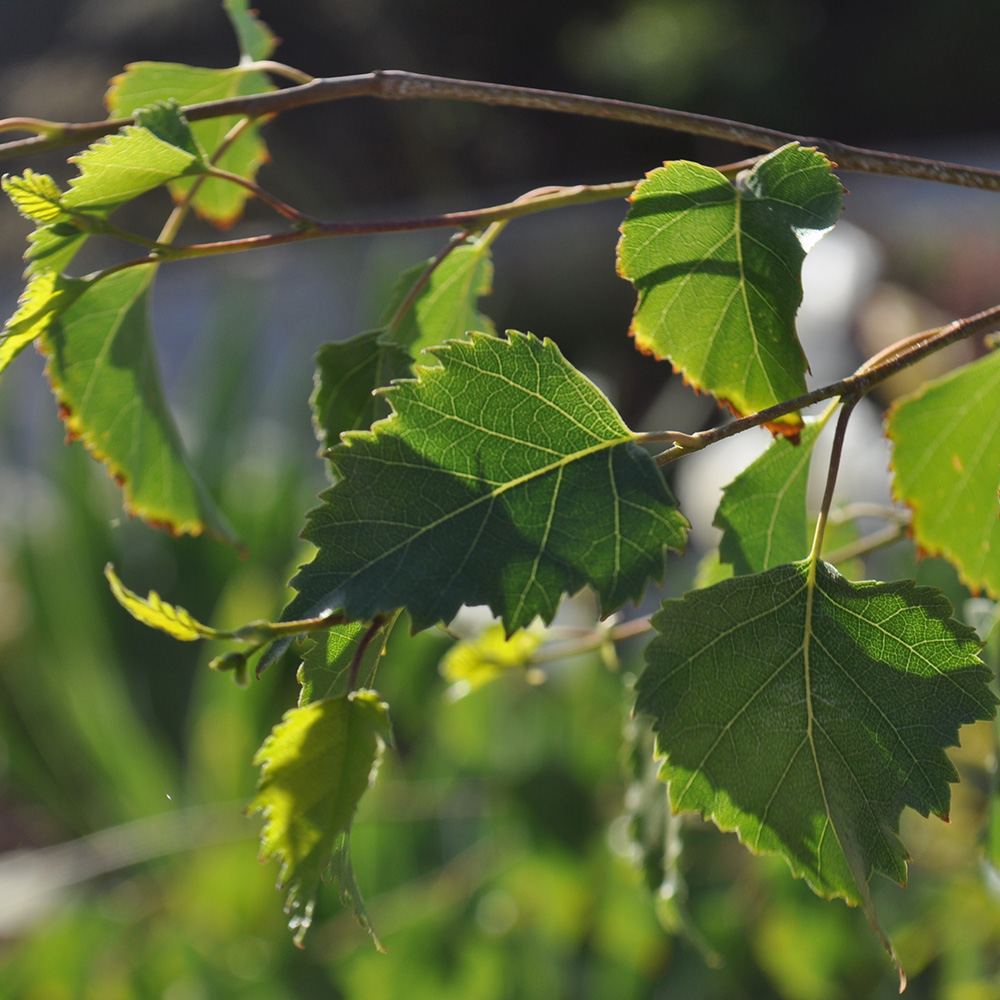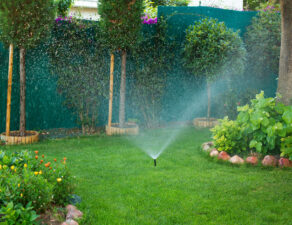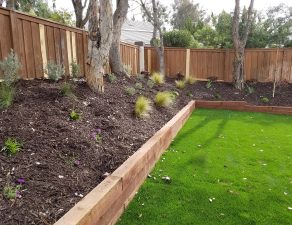
If you planted flowering trees or shrubs in your garden, you probably did so in hopes of enjoying their beautiful blooms. But if you prune flowering plants at the wrong time or in the wrong places, you could negatively impact the amount of blooms you see during that season.
Plan ahead. When planning your landscaping, pay attention to the growth potential of your chosen shrubs and trees. Don’t choose plants that will eventually overgrow their space. You don’t want enormous shrubs blocking windows, or tree limbs blocking your driveway. This will only mean more work for you later. Many shrubs now have dwarf varieties so some old favorites don’t have to be off limits.
When should you prune?
- Start early. Don’t wait until a shrub has become overgrown and too large for its space in the landscaping.
- With trees, you want to train them as they grow. If allowed to grow unrestricted, trees can develop structural problems such as co-dominant stems or poorly attached branches. This can lead to unsightly problems and even danger due to falling limbs.
- Prune flowering plants right after blooming time, so that they have time to regenerate before the next year.
- Prune dead limbs at any time during the year.
Where should you prune?
- Learn about your tree or shrub, and understand that variety’s bud placement. For example, a peach tree blooms on last year’s growth, whereas an apple tree blooms on wood that is two or three years old.
- Avoid making cuts at a uniform edge. Instead, make cuts at the buds or branch unions. Use this method to cut longer braches back into the shrub, allowing it to retain its natural shape while preventing overgrowth.
- If you want to encourage more flowering, thin your shrubs by one-third of the oldest wood each year.
As always, don’t hesitate to seek professional answers for your gardening questions. Knowledge and proper planning are the keys to successful landscaping projects!








Write a comment: